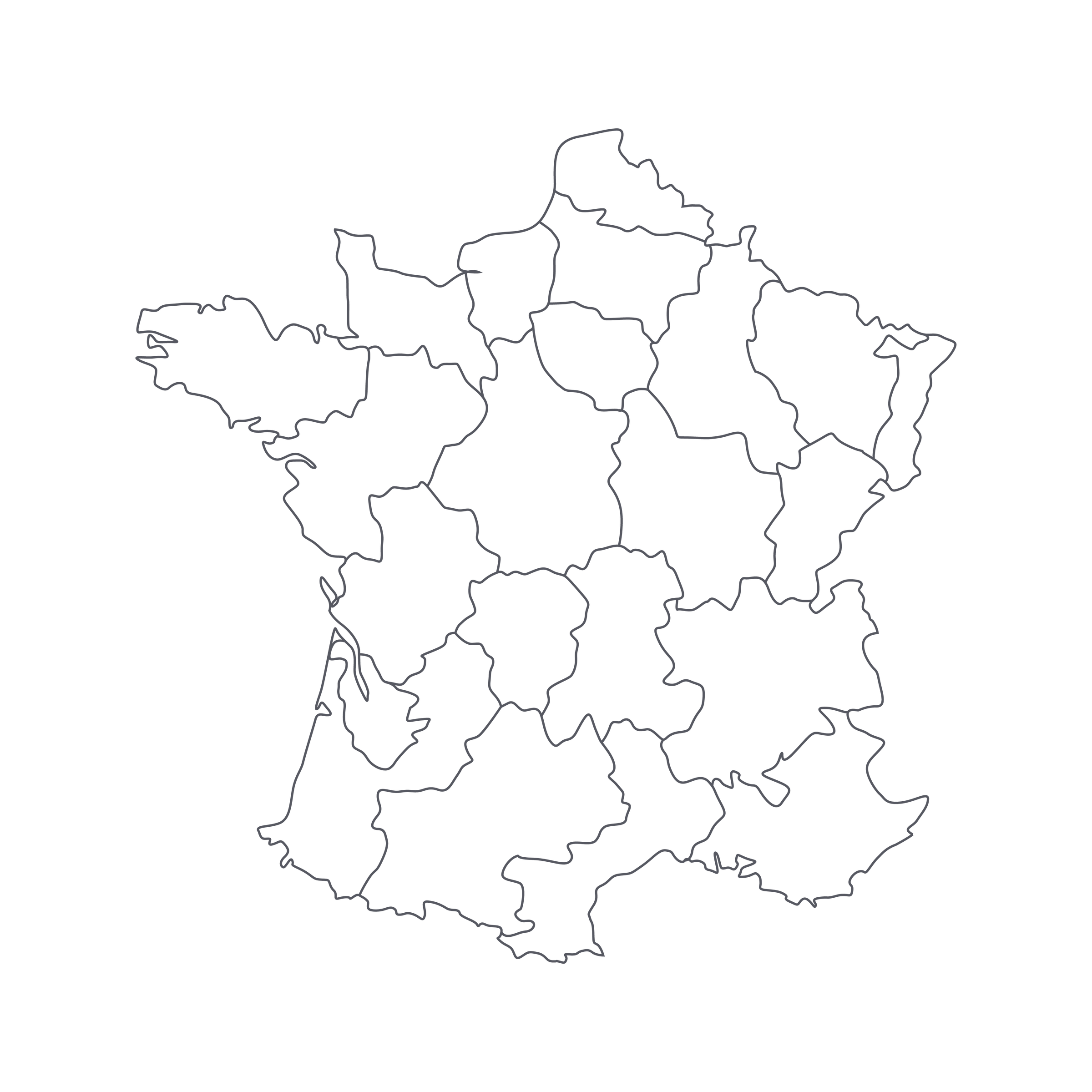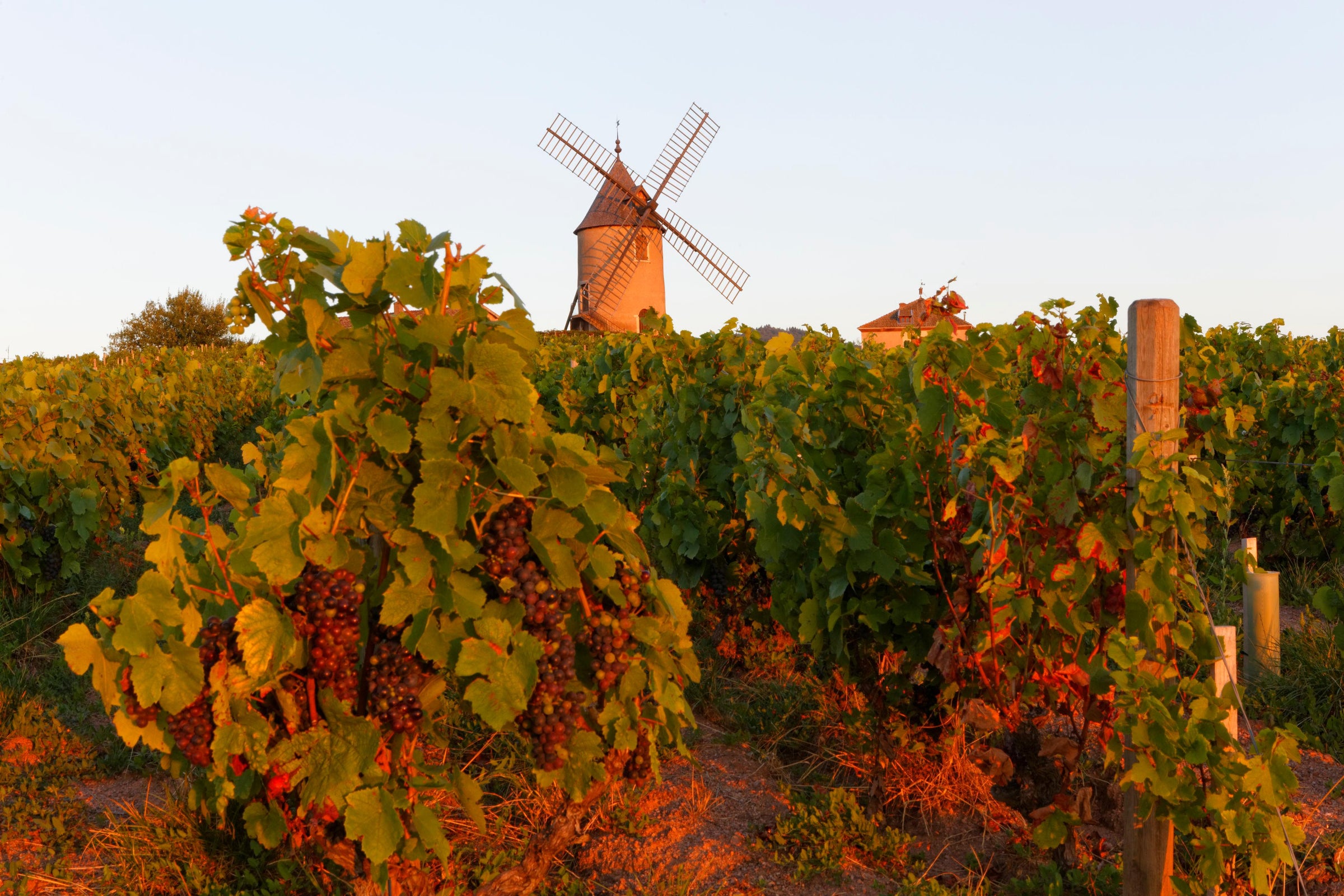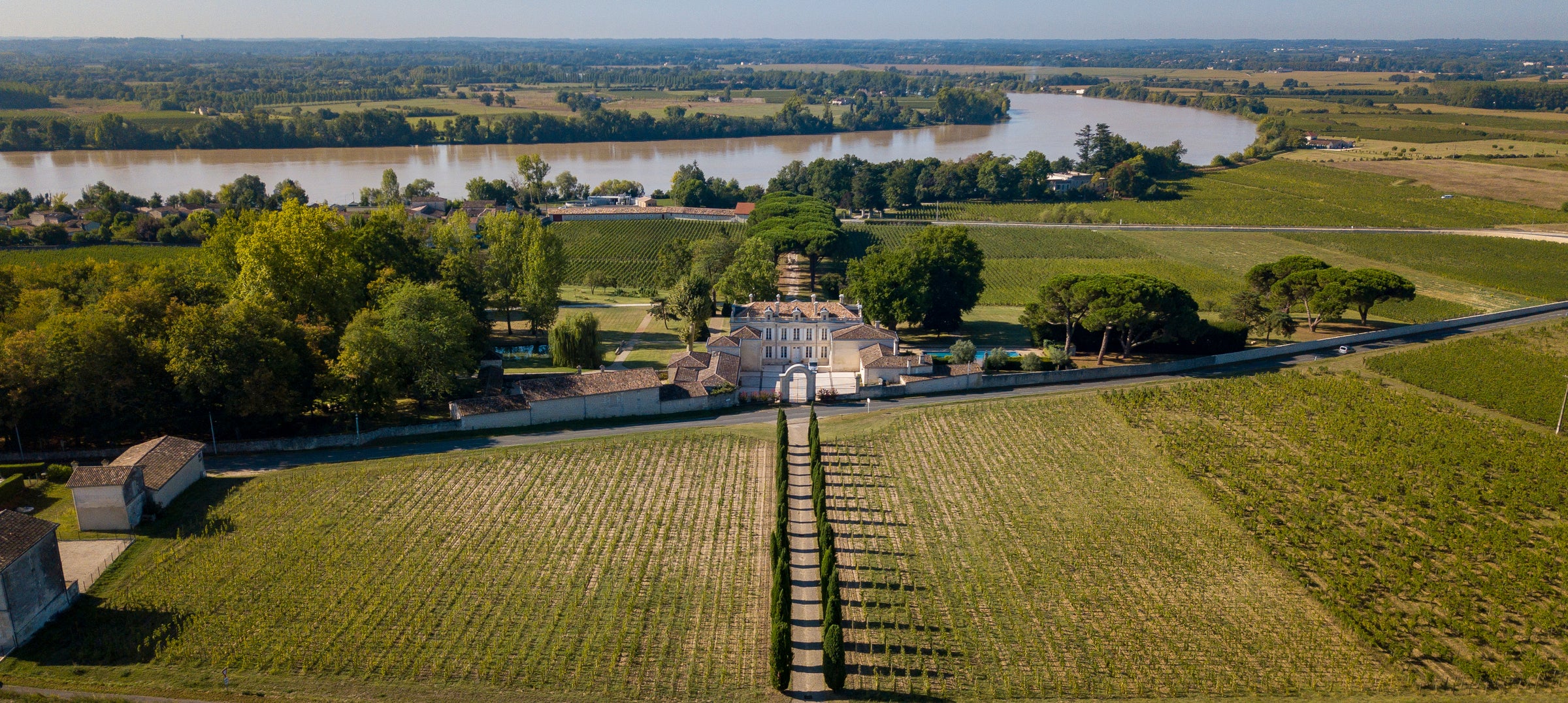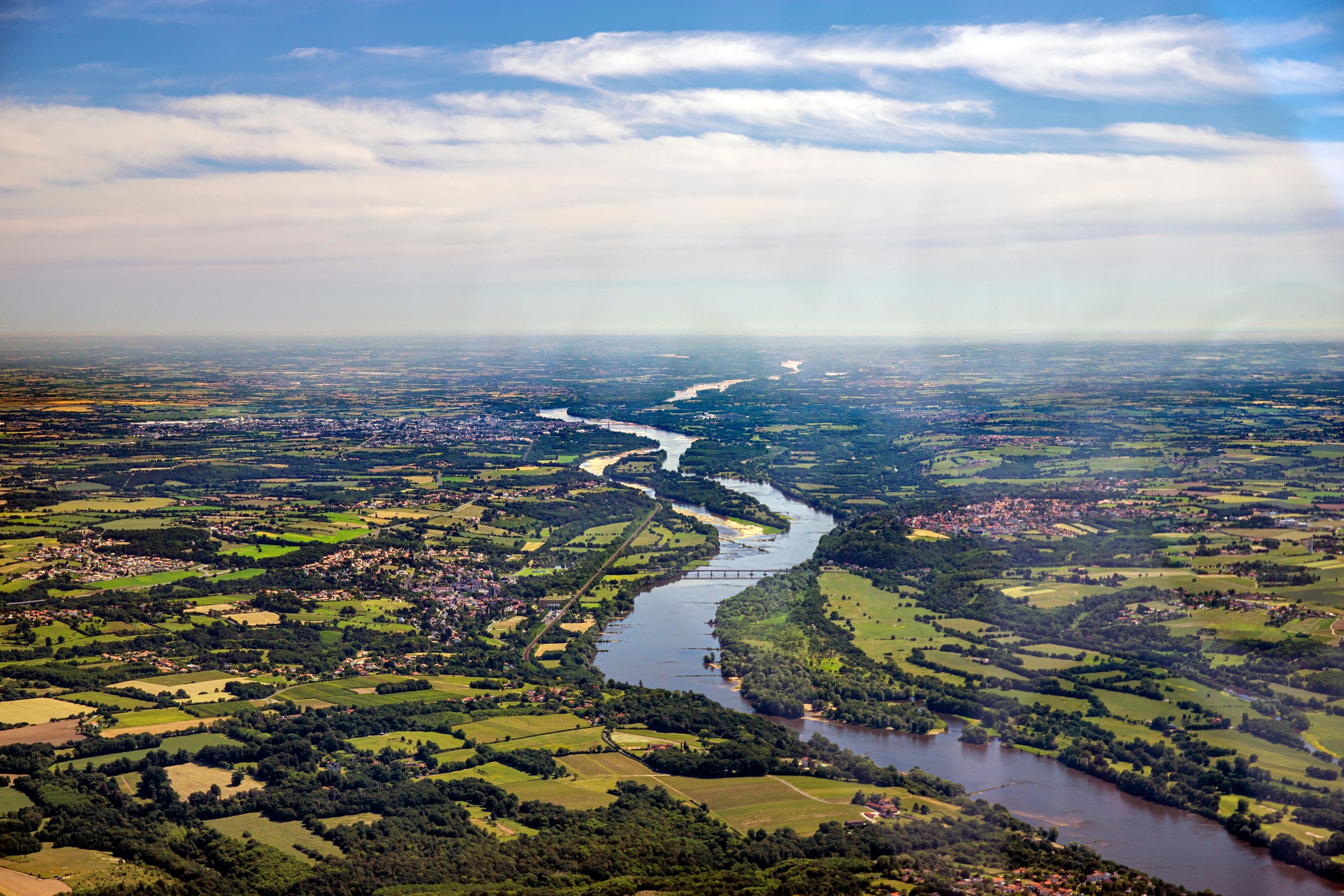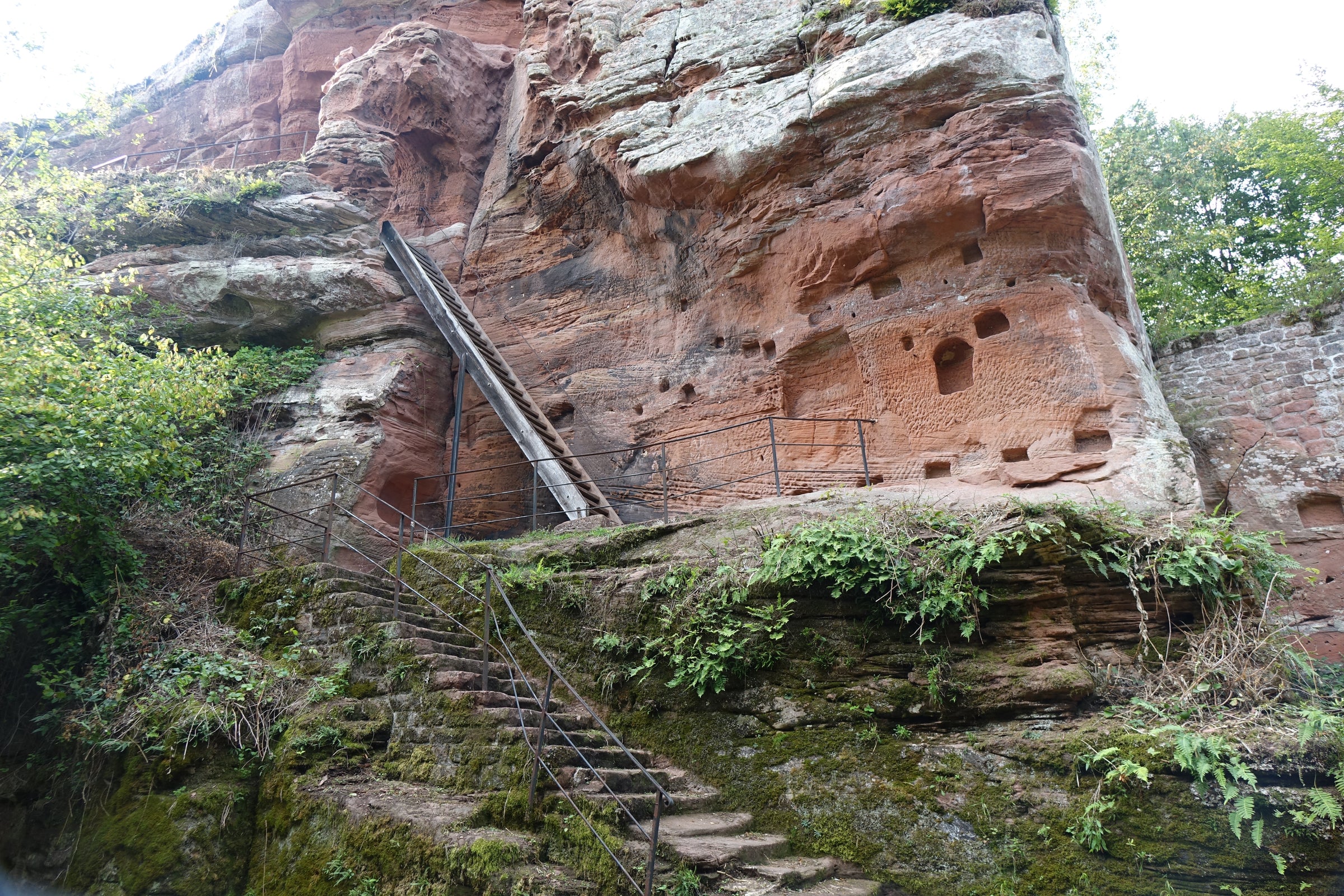Foreau only bottles a few hundred cases of Vouvray Sec annually, and when our first allocation of this dry white sensation quickly vanished last year, we repeatedly speed-dialed their importer, hoping they could conjure up a few more bottles. We knew, however, that with 2013 being an especially tiny vintage for Foreau, it would take time for us to have any modicum of success, if at all. Still, our determination paid off and we finally secured another parcel—albeit smaller—to feed our ravenous subscribership.
There’s no other way to say this: The mastery Foreau displays in each vintage is the reason his Vouvray Sec has become one of France’s most celebrated and collectible dry white wines. Few experienced sommeliers would dispute that Chenin Blanc is among the world’s most noble white grape varieties. Furthermore, it’s impossible to deny that Vouvray is one of the elite terroirs for Chenin. This appellation’s finest handmade whites are in every way (except price!) on par with top Burgundy and Chablis. If one wishes to experience the most historic, cellar-worthy, deeply classic expression of Chenin Blanc planted in Vouvray, there are two globally revered producers that tower above the rest. One is Domaine Huet, and the other is the man behind today’s breathtaking dry white, Philippe Foreau. Whether drinking this beauty now or in two decades, you can take comfort in knowing it's among the best out there.
[*NOTE: This wine is being specially ordered and will be shipping from our warehouse the week of Monday, March 11th.]
Since creating SommSelect, we’ve made it a rule to not focus on wine press or magazine scores. Still, I’m always curious to read where respected writers and tastemakers stand regarding the wines we feature. When I describe a wine as “world class” or “a certified classic,” I think it’s important to verify that I’m not confusing my own opinion with that of others. I bring this up because, in reading other professional opinions of Philippe Foreau and his brilliant Vouvray, it’s heartening to see the broad consensus. Jancis Robinson calls Foreau one of Vouvray’s “top two names,” Robert Parker has lavished this property with praise for years, Antonio Galloni’s Vinous lauds Foreau every vintage, and Foreau appears in practically every modern New York Times article about Chenin Blanc. In short, everyone who’s anyone seems to agree that Foreau Vouvray is one of the greats.
Foreau is a fascinating property and if you wish to do a “deep dive” into its history, I encourage you to read Loire scholar Jim Budd’s detailed piece about the estate. In the meantime, I’ll share a few important details: The vineyards of the Foreau domaine have been producing wine for centuries, but the estate as we know it today was purchased by Philippe Foreau’s grandfather in 1923. Flint-flecked clay over limestone subsoil is the secret here. Farming has always been conscientious but, as of the last few years, is now fully organic. Foreau’s still whites are fermented in a mix of young and mature 300-liter French oak barrels. The wine is racked a few times before bottling in May of the year following harvest. This is a simple, pure approach to Vouvray. While many supposedly dry or “sec” Vouvrays possess noticeable sweetness on the finish, Foreau remains a defiant exception—with typical grams-per-liter sugar levels landing in the very low single digits. The Foreau “house style” is also demonstrably linear, mineral, and clean, versus the more oxidative and richly lees- and oak-driven styles that abound in Vouvray. All told, this approach results in wines of world-class soil character and nearly eternal cellar potential. Today’s bone-dry 2013 offers a sense of detail and refinement that goes toe-to-toe with top Premier Cru white Burgundy and it will keep evolving for decades to come!
There’s an immediate sense of class and seriousness when Foreau’s 2013 Vouvray Sec “Domaine du Clos Naudin” hits your glass. The clear, steely, light golden appearance forecasts a wine of intense refinement and minerality. Even in its youth, there’s a dense complexity and obvious soil character that recalls my favorite Premier Cru Puligny Montrachet. Still, this is not white Burgundy—it’s Chenin Blanc from Vouvray, and that means lime zest aromas with crisp and just underripe peach and apricot, bruised apple, white flower honey, raw hazelnut and almond, wet wool, and cellar stone. Of course, we can’t forget this wine’s bone-dry palate and energizing acidity. If enjoying today, roughly decant and let it stand for about 90 minutes before serving in large Burgundy stems.
Philippe Foreau famously says that Vouvray is a wine built for ocean fish, so why not try a freshly prepared sea bass (feel free to add a butter sauce) for you and your significant other? Also, keep in mind that this bottle will only improve after opening, so don’t worry if it isn’t emptied on the first night! Still, I need to reiterate that if Foreau Vouvray is about one thing, it’s about nearly peerless cellar potential. I’ve enjoyed many dry Foreau bottlings from the 1980s and 1990s—and even some Foreau going back to the first half of last century! No matter the age, Foreau Vouvray only seems to become more alive with each passing decade. It’s no surprise, then, that many top Michelin-starred restaurants’ and collector’s cellars overflow with decades-old Foreau. This is a certified classic and one of the most bankable white wine investments out there. Everyone would be wise to let a few vintages rest in the cellar—I know that’s what I’m doing!


